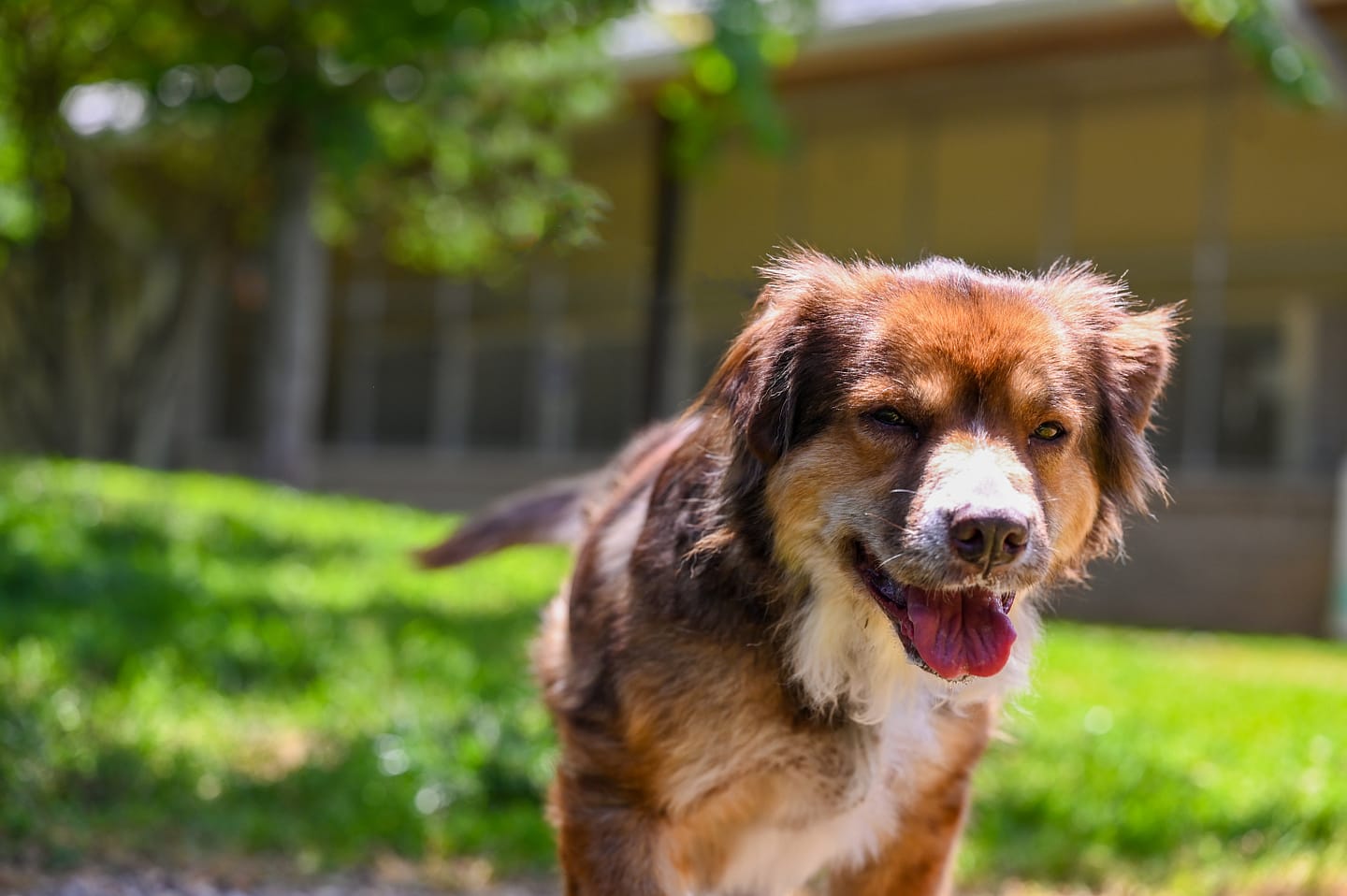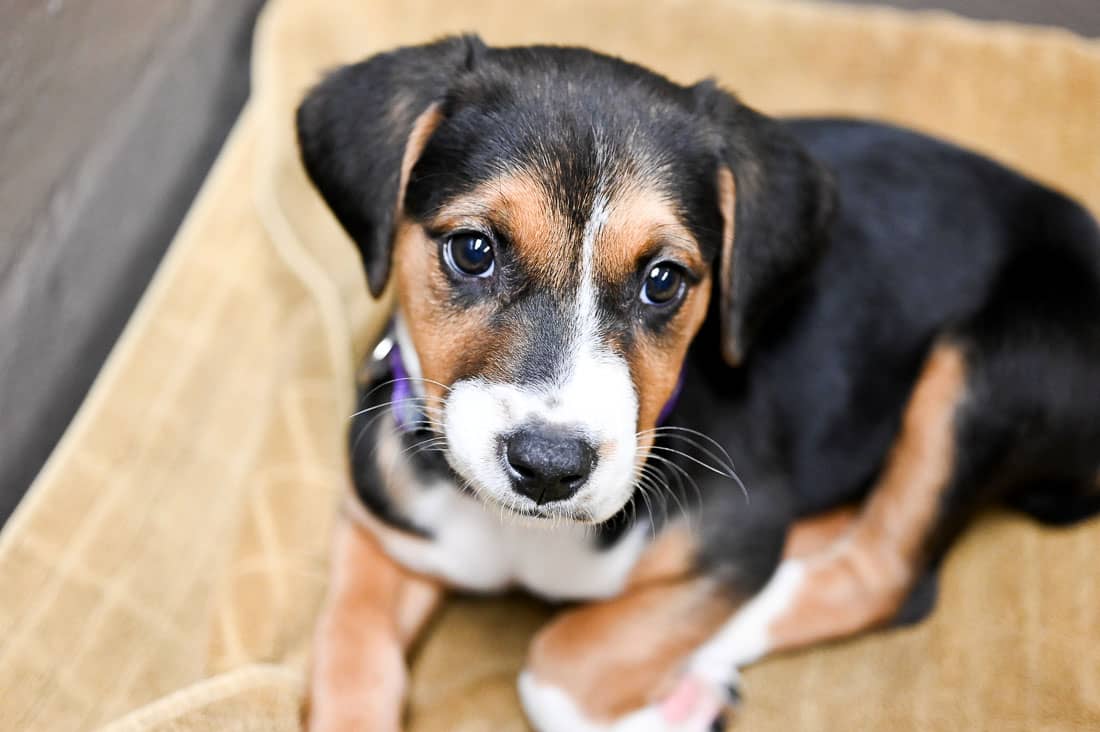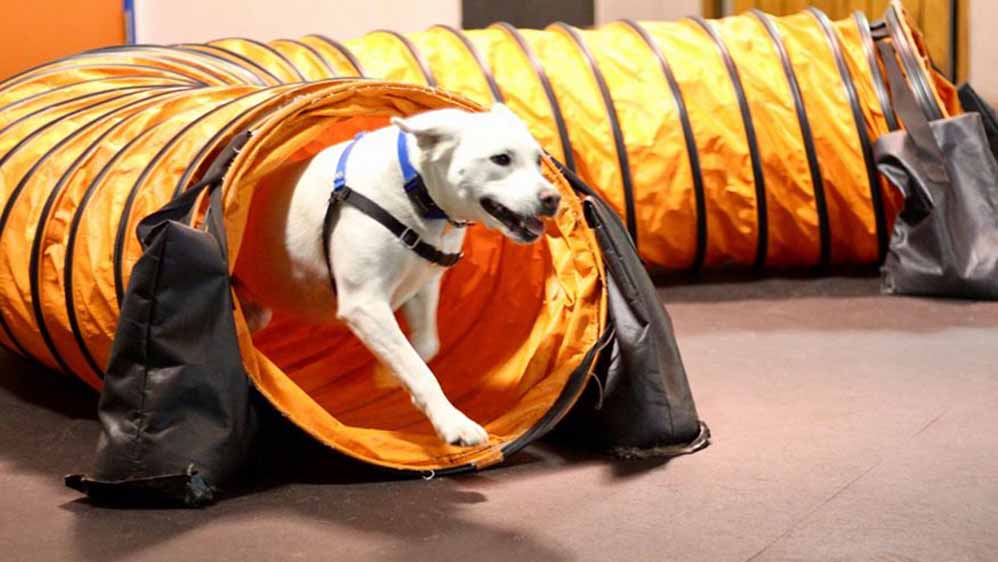Exactly How to Incorporate Games into Your Dog Training Regimen
Exactly How to Incorporate Games into Your Dog Training Regimen
Blog Article
Necessary Tips for Effective Dog Training: A Guide for Pet Owners
Effective pet training is a diverse process that requires a calculated strategy tailored to both the pet dog's character and the owner's purposes. Comprehending just how to navigate these barriers can substantially enhance the training experience, inevitably transforming the partnership between proprietor and canine.
Recognizing Dog Actions
Recognizing dog habits is necessary for reliable training and fostering a harmonious connection between dogs and their proprietors. dog training. Pets communicate primarily through body language, vocalizations, and actions, making it vital for proprietors to analyze these signals accurately.

Socialization plays a significant role in dog actions; direct exposure to numerous atmospheres, people, and other pets can dramatically influence a pet dog's character. Elements such as breed features and private temperament need to assist training methods, as some types may have specific behavior characteristics that demand customized approaches. By recognizing these aspects, proprietors can produce a supportive atmosphere that encourages favorable behavior, causing successful training end results and a deeper bond with their pet dogs.
Establishing Regular Commands
Effective communication with your pet dog begins with establishing constant commands. This fundamental aspect of training is essential for cultivating understanding between you and your family pet. Consistency in the commands you utilize makes certain that your canine can accurately associate certain words or expressions with the wanted behaviors.
When choosing commands, pick clear, distinct words that are simple to distinguish and state from one an additional. Avoid utilizing similar-sounding commands that might perplex your canine. Using "sit" and "stay" is proper, yet "rest" and "hit" could lead to misunderstandings.
Furthermore, keep the very same tone and volume for each command. Canines are sensitive to singing hints, so differing your tone can develop complication.
It is just as crucial to guarantee that all relative get on the exact same page pertaining to the commands made use of. A united front in command usage will protect against blended signals and reinforce the learning procedure.
Favorable Support Strategies
The power of favorable support in dog training lies in its capability to urge wanted habits via rewards and praise. This strategy is based in the concept that habits complied with by positive results are most likely to be duplicated. By integrating favorable reinforcement right into your training program, you can effectively form your dog's habits in a constructive fashion.
To apply positive reinforcement, it's important to identify what inspires your dog, whether it be treats, playthings, or verbal appreciation. When your dog does a wanted action, such as remaining on command, instantly award them with a reward or affection. This organization in between the command and the positive result reinforces their understanding.
It's important to timing the incentives correctly; providing the support within secs of the desired habits aids your dog make the connection (dog training). Furthermore, uniformity is key-- guarantee that all household participants use the same commands and benefit systems to prevent complication

Gradually, you can minimize the regularity of deals with as your dog learns the habits, transitioning to applaud or recurring incentives. This approach not only fosters a strong bond between you and your canine however additionally advertises a favorable learning environment, making training a pleasurable experience for both.
Socialization and Interaction
Constantly revealing your dog to a selection of atmospheres, individuals, and various other pets is vital for their social development. Socialization ought to begin early, ideally during the crucial window of 3 to 14 weeks, when puppies are most receptive to new experiences. Older canines can additionally profit from continuous socializing efforts.
Introduce your dog to various setups, such as parks, pet-friendly stores, and urban areas. This direct exposure aids them adapt to various stimuli, reducing anxiousness and concern actions. Motivate positive communications with other canines and people, making certain that these experiences are regulated and risk-free to foster self-confidence.
Use organized playdates with courteous dogs, as this can improve your dog's social abilities and teach them ideal habits. Obedience courses and training sessions likewise give outstanding opportunities for socializing, allowing your pet to communicate with others in a monitored environment.
Screen your dog's body language throughout interactions, as this will certainly help you evaluate their convenience level. Slowly raise exposure to even more challenging circumstances while making certain that each experience declares. A well-socialized pet dog is more probable to exhibit balanced behavior, making look at this now them a delight to have in any kind of setting.
Attending To Usual Training Challenges
Every pet dog proprietor will certainly experience training difficulties at some time, no matter their canine's age or socializing degree. Identifying common problems such as stubbornness, disturbances, and terror can help in developing efficient methods for renovation.

Disturbances throughout training sessions can thwart emphasis. To battle this, begin training in a silent setting he said with marginal stimulations. Slowly introduce diversions as the pet dog ends up being much more skilled in commands. Short, regular training sessions are likewise efficient in maintaining attention.
Fearfulness can hinder a pet's understanding procedure. Gradual desensitization to the resource of anxiety, combined with positive support, can assist minimize anxiety. Perseverance is critical; never force a pet into a situation that creates distress, as this may exacerbate the concern.
Ultimately, understanding and addressing these usual obstacles with an organized technique will cultivate a more productive training experience, reinforcing the bond between pet and proprietor while advertising efficient knowing.
Final Thought
In recap, effective canine training relies on a thorough understanding of canine actions, the facility of regular commands, and the application of positive support techniques. Socializing plays an important function in establishing well-adjusted animals, while dealing with common training obstacles calls for persistence and flexibility. By carrying out these crucial techniques, pet proprietors can cultivate a strong bond with their canines and promote preferable actions, ultimately leading to an unified relationship in between people and their canine buddies.
Understanding canine behavior is important for effective training and promoting a harmonious relationship in between pooches and their proprietors.Socializing plays a substantial duty in dog actions; exposure to numerous atmospheres, individuals, and other pets can dramatically affect a canine's temperament.The power of positive support in pet training exists in its ability to motivate preferred actions this page via incentives and appreciation. By integrating favorable support into your training regimen, you can effectively shape your pet's behavior in a constructive fashion.
In summary, effective dog training depends on a thorough understanding of canine habits, the facility of regular commands, and the application of positive support techniques.
Report this page